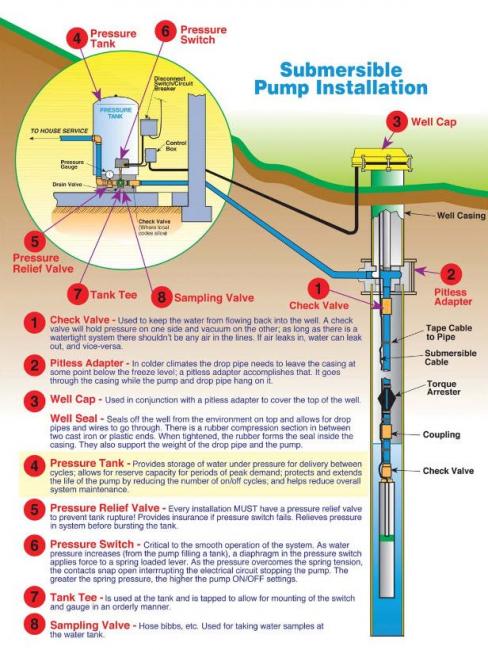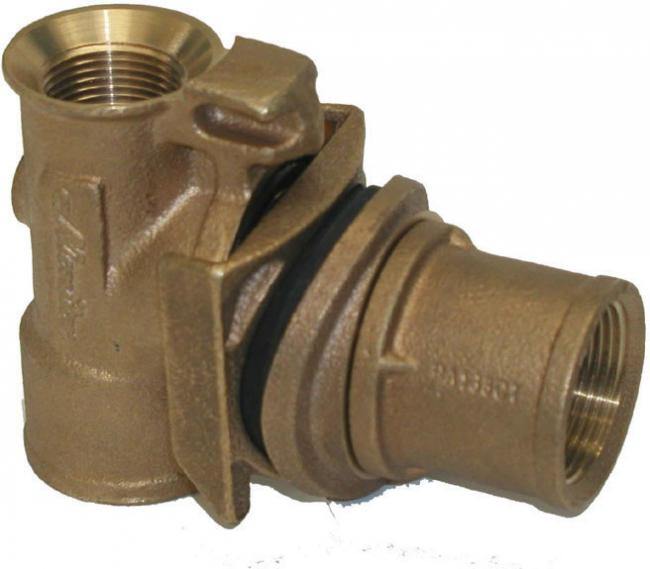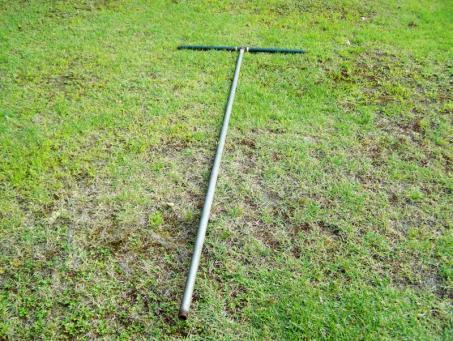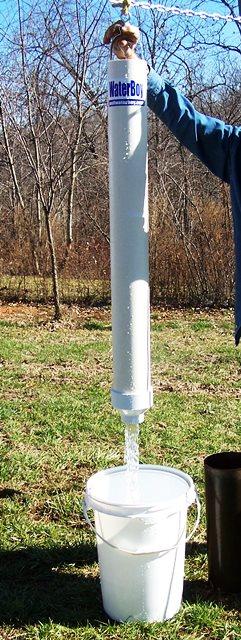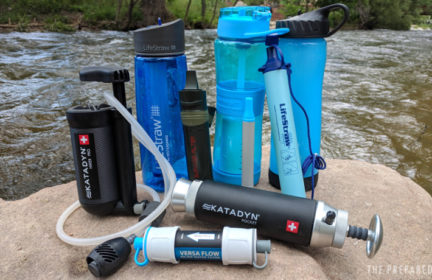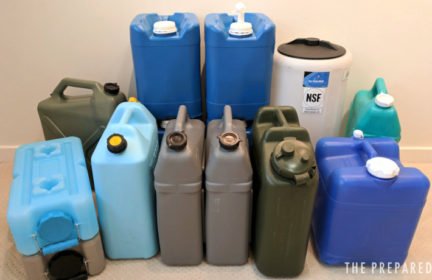Do You Know How a Home Well Works? – Might Save Your Life To Know.
IMO, the following knowledge could be priceless for many preppers… even if you don’t have a well. Are you planning on bugging out into the country? Out there, most folks will have home wells. You might say, what good is that for me? Let me let you in on something. 99.9% of folks with home wells have no way of accessing their water when the power is out. Do you think maybe if you came with the tools & knowledge to access that water, that you might have made friends? Being friends with a landowner might be the difference between surviving… or not.
Many, if not the vast majority of rural homes & farms get their water from a well, which is nothing more than a pvc pipe in the ground with a submersible pump sitting under the water and a pressure storage tank below the frost line. At my farm, my submersed pump is around 125′ down. This all works fine as long as you have electricity but what happens when there is none… and won’t be for weeks if ever? I live on a farmstead, with a well, & have plans to get to that water during such a crisis. Sure I have my personal water filtration devices but for me that is short term. You really want to live on hot, stinky, filtered pond water? Why use such when cool, pure water is so close by… if you know how & are prepared to get to it?
So this submersible pump hangs in the well from the pitless adapter, which is a two part device (male & female). One part stays in the well casing & the other part is what the well drop pipe attaches to. This device is what keeps the water from freezing in the winter as it redirects the water 90 degrees, so that the water stays underground, below the frost line for the area.
The top of the adapter has female threads, used to pull the pump & attached riser pipe out of the well. DIY folks, like me make a simple tool that allows you to attach to the pitless adapter & pull everything up. Mine is a T made from 3/4″ threaded metal pipe, which anyone can buy the sections in a hardware store. You simply need two short pieces for the handle, a threaded T & a longer piece of threaded pipe to reach the pitless adapter, which will be maybe 2-3′ down inside the well casing… deeper the further north you live. From what I understand, most pitless adapters accept 1″ NPT thread, so I have a series of adapters to go on the end of my 3/4″ pipe. I have 3/4″ – 1″, 1″ – 1 1/4″ and 1/1/4″ – 1 1/2″ just to be safe. All these piece screw together to make the T so obviously can be taken apart & not take up much space.
I’ve never done this before but from what I understand a strong man can pull the pump by himself if it is not real deep, otherwise you will need help and/or some lifting device such as a block & tackle. Once the pump & pipe is out of the way, you now have access to the water & just need rope & a device to get the water out. You can make your own or purchase something commercially. I use the Well Waterboy bucket. I’m sure anyone could rig up some container to get to the water, just might take some engineering to figure it out. There is a great discussion here on building your own.
-
Comments (3)
-
